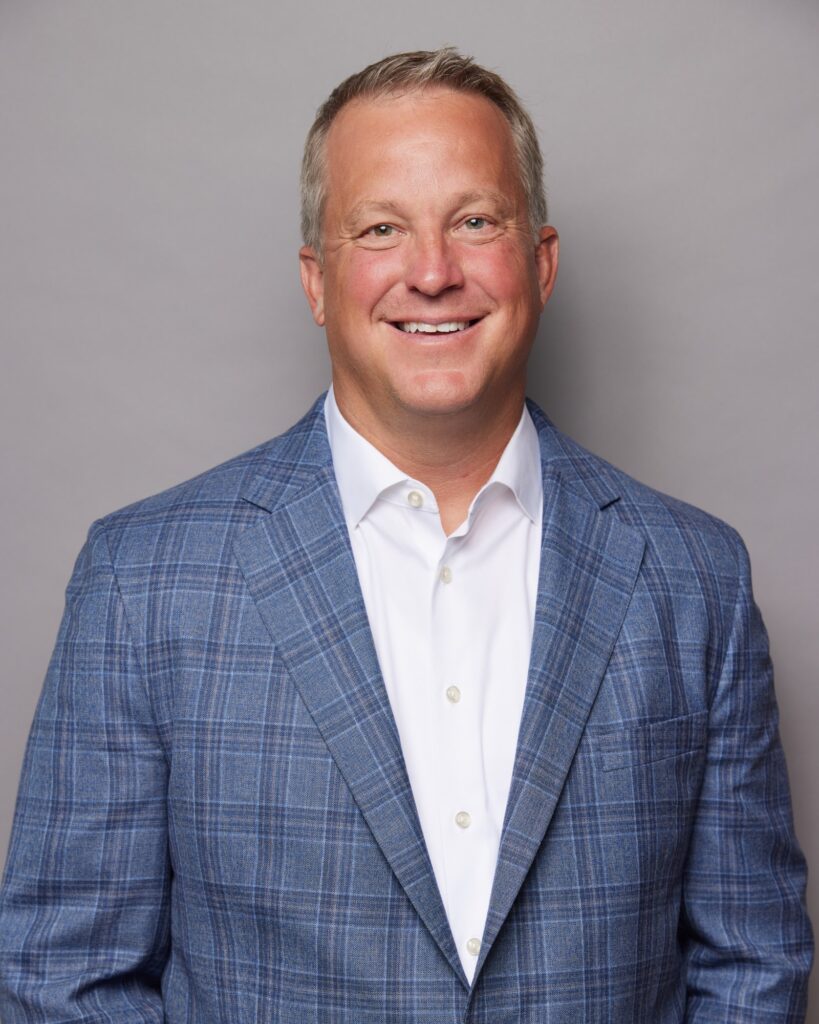We at SageSpring are thrilled to start the new year with exciting news that we believe may benefit many of our clients. You may have heard that on December 29, 2022, Congress signed the SECURE Act 2.0 into law. In this article, we will outline some of the key changes that can be found in this new bill.
What is the Secure act?
The SECURE (Setting Every Community Up for Retirement Enhancement) Act was first introduced in December of 2019. While this original bill made several alterations to America’s retirement system, it was not a complete solution. With SECURE Act 2.0, many Americans may now experience a more comprehensive plan for establishing reliable retirement resources.
In addition to reducing the retirement savings gap, SECURE 2.0 adds more than 90 new retirement plan provisions, including changes for small businesses and for those saving for retirement.
Essentially, the new bill incentivises small business owners to offer retirement plans, encourages earlier retirement savings for individuals–in part by increasing limits for catch-up contributions, and offers more savings flexibility for individuals aged 60 and older.
What will the SECURE Act 2.0 do?
The SECURE Act 2.0 is aimed at helping working Americans meet their retirement needs. It does this in a few ways; first, by expanding access to employer retirement plans and reducing limits and barriers to creating individually functional plans, SECURE 2.0 encourages employers to help their employees begin a retirement fund. The bill also seeks to help enroll workers in retirement plans earlier in their careers, as well as help older workers accelerate their savings. Finally, SECURE 2.0 places greater consideration on guaranteeing Americans’ retirement income will be around as long as they will.
What to know about the SECURE Act 2.0?
With so many new provisions, this bill’s entirety might seem a little daunting. We’re here to help unpack it, and we’ll continue to share information about it in the weeks and months ahead. For now, we’ve compiled a list of what we feel are SECURE 2.0’s most relevant highlights.
1. The age to start taking RMDs (Required Minimum Distributions) has increased to 73.
Note: This change is effective as of January 1, 2023. The act also states that the age will increase to 74 in 2029, and 75 beginning in 2033.
2. Unused 529 balances may be transferred directly to a Roth IRA, if the 529 account has been open for at least 15 years.
Example: When Mary’s son was born, she opened a 529 account to financially prepare for his education. Mary’s son received a full ride scholarship to college. Mary is now able to transfer those unused 529 savings directly to her Roth IRA. Of course, limitations apply here, so talk with your financial advisor to better understand the requirements to taking advantage of this change.
3. IRA Catch-Up Contributions will be indexed for inflation for individuals at least 50 years of age.
Note: The current catch-up contribution limit for individuals age 50 and over is $1,000. Beginning in 2024, the limit will be indexed to inflation, meaning that the limit may rise every year based on federally determined cost-of-living increases.
4. Employers may offer small, immediate financial incentives to save for retirement.
Example: Kelly’s employer encouraged her to begin using the company’s retirement program by offering her a gift card to her favorite store after her first retirement savings deposit.
5. Beginning in 2025, auto-enroll for new plans will be mandatory.
Example: Steven left his job in December of 2024 without a retirement savings account. When he began his new job in February of 2025, his paychecks were automatically set up to deposit funds into his retirement account.
6. The original SECURE Act’s tax incentives for small businesses have expanded.
Example: Even with the provided tax breaks, Rebecca–who opened a small bookshop in 2020–couldn’t afford to set up a retirement plan for her few employees. Thanks to SECURE 2.0’s increased tax breaks, however, she’ll be able to set up a plan this year.
7. SEP (Simplified Employee Pension) and SIMPLE (Savings Incentive Match Plan for Employees) IRA’s may now accept Roth Contributions.
Note: This may not be fully in effect for some time, as additional guidance is needed from the IRS and employer plan documents will need to be updated.
8. Part-time workers have increased access to retirement plans.
Example: As a seasoned part-time employee at a local deli, Tyler was not eligible for a retirement plan through the restaurant. SECURE 2.0 allowed him access to his employer’s plan in 2023, and he began saving for retirement.
9. Individuals aged 60 and over have increased savings flexibility.
Example: Although Sue had been saving for retirement for years, at 59 she didn’t have enough money to retire. Luckily, she turned 60 in April of 2023, and she was able to increase how much she saved.
10. There are reduced penalties for emergency withdrawals.
Example: In 2021, Dominique’s car stopped working and she needed to purchase a new one. Without cash for a down payment, she didn’t have a choice but to dip into her retirement fund and accept the 10% penalty. In 2024, her friend Kevin experienced a similar situation, but he was able to make a one-time emergency withdrawal from his retirement account without penalty.
11. Programs are in place to help employees pay down their student loans.
Example: When Adriane got her first job after college in 2024, she wanted to start a retirement fund, but her most immediate need was getting out of student loan debt. Given that urgency, her employer was able to make contributions to her student loans instead of matching funds for her retirement.
What might this mean for me?
The SECURE Act 2.0 is designed to improve retirement plans for working Americans by helping reduce the retirement savings gap and expanding tax credits so that small business owners can enroll their employees in their company-run retirement plans. We hope you will benefit greatly from the new legislation, and we are here to help you understand the bill and all its complexities. In the coming weeks, we will be posting additional information that delves deeper into the bill, but in the meantime, we encourage you to connect with your financial advisor to address any questions you may have. Speak with a financial advisor.
Further Reading
This information is intended to be educational and is not tailored to the investment needs of any specific investor. The information contained in this report does not purport to be a complete description of the securities, markets, or developments referred to in this material. The information has been obtained from sources considered to be reliable, but we do not guarantee that the foregoing material is accurate or complete, it is not a statement of all available data necessary for making an investment decision, and it does not constitute a recommendation. Investing involves risk and you may incur a profit or loss regardless of strategy selected. Past performance is not indicative of future results. Links are being provided for informational purposes only. Raymond James is not affiliated with and does not endorse, authorize, or sponsor any of the listed websites or their respective sponsors. Raymond James is not responsible for the content of any website or the collection or use of information regarding any website users and/or members.

